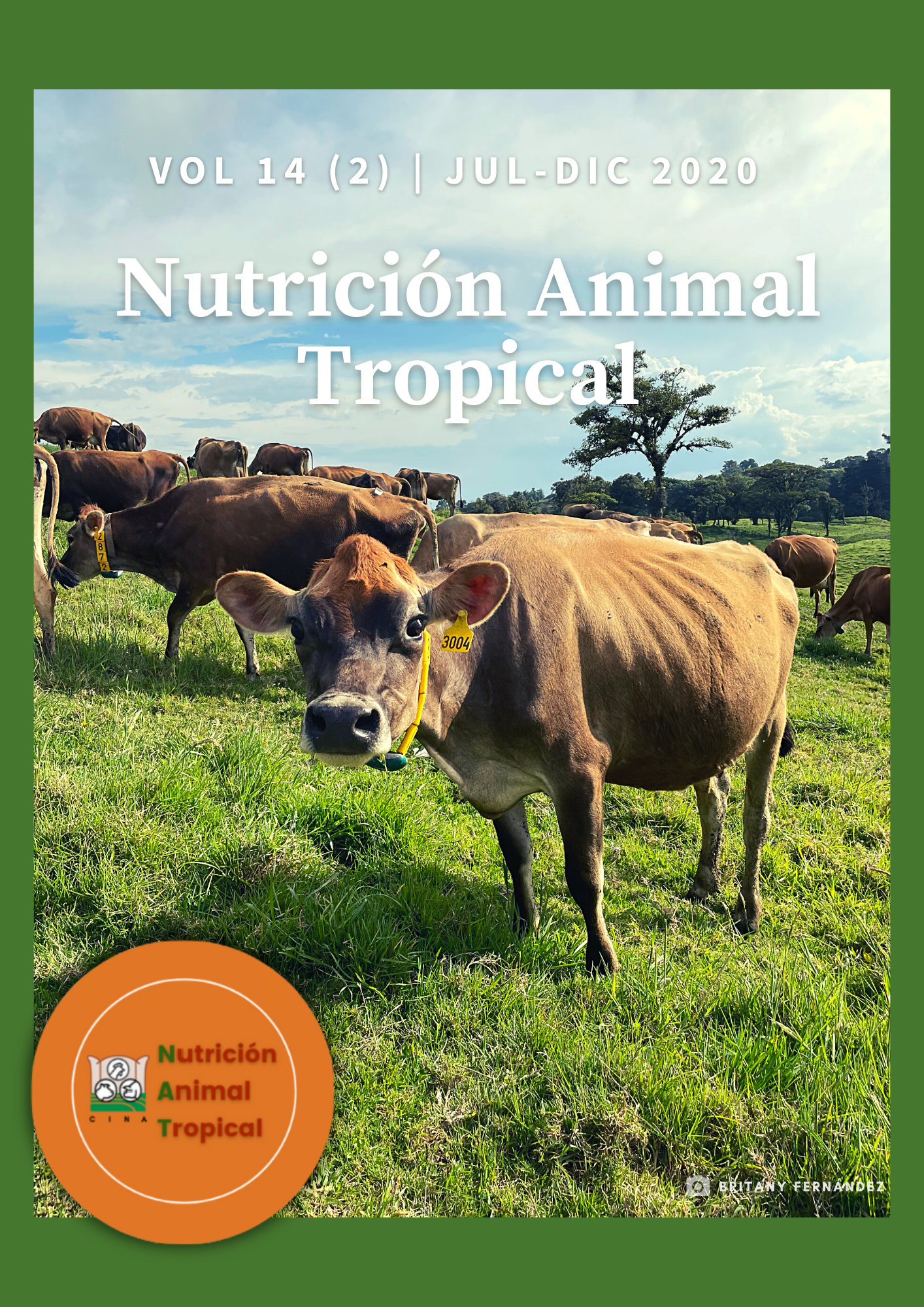Abstract
Nutritional quality of feeds or ingredients used to feed ruminants depends on the level of intake, rumen degradability, digestibility, nutrient concentration, and the efficiency with which these can be metabolized and used. Once feed is ingested, degradability refers to the amount of feed that disappears in the rumen due to the action of the microorganisms. Rumen degradation is crucial in the supply of dietary nutrients to meet nutrient demands of microorganisms and body tissues of animals. Therefore, it is essential to study the dynamics of rumen degradation of feeds before their potential use to formulate nutritious diets for ruminant animals. Amongst many methods that have been used in the past, the in sacco method has been the most effective to study rumen degradation. However, this method is nowadays used less frequently due to its implications for animal welfare. While many in vitro methods have been tested as possible alternatives to the in sacco method, they were unable to remove the need to use fistulated animals to obtain rumen fluid. Rumen cannulation can be done on a healthy animal currently in the herd with minimal expense. The surgery is not more difficult than most other routine surgical procedures performed by veterinarians. A cannulated animal also provides a long-term, readily available source of rumen content that can be used to transfaunate herd mates that have suffered various digestive upsets. The objective of this work is to present, in a summarized way, the different steps in the fistulation of a cow, and to detail the use of the in vivo or in sacco technique to determine ruminal degradability of feeds or ingredients.
References
Allen, M.S., &Mertens, D.R. (1988). Evaluating constraints on fiber digestion by rumen microbes. Journal of Nutrition, 118, 261-270.
Beyihayo, G.A., Omaria, R., Namazzi, C., &Atuhaire, A. (2015). Comparison of in vitro digestibility using slaughtered and fistulated cattle as sources of inoculum. Uganda JournalofAgriculturalSciences, 16(1), 93-98.
Daniels,K.M.,&Yohe, T.T. (2014). What do we know about rumen development?Tri StateDairyNutritionConference. Pp53-59.
Giraldo, L.A., Gutiérrez, L.A., & Rúa, C. (2007). Comparación de dos técnicas in vitro e in situ para estimar la digestibilidad verdadera en varios forrajes tropicales. Revista Colombiana de Ciencias Pecuarias, 20, 269-279.
Gosselink, J.M.J., Dulphy, J.P., Poncet, C., Tamminga, S., &Cone, J.W. (2004). A comparison of in situ and in vitro methods to estimate in vivo fermentable organic matter of forages in ruminants. NJAS-Wageningen Journal of Life Sciences, 52(1), 29-45.
Hristov, A.N., Bannink, A., Crompton, L.A., Reynolds, C.K., Huhtanen, P., Kreuzer, M., Schwarm, A.,McGee, M., Nozière, P., Bayat, A.R. Shingfield, K.J., Yáñez-Ruiz, D.R., Dijkstra, J., Kebreab, E., &Yu, Z. (2019). Nitrogen in ruminant nutrition: A review of measurement techniques. Journal of Dairy Science, 102(7), 5811-5852. doi.10.3168/jds.2018-15829
Kristensen, N.B., Engbӕk, M., Vestergaard, M., & Harmon, D.L. (2010). Ruminal cannulation technique in young Holstein calves: Effects of cannulation on feed intake, body weight gain and ruminal development at six weeks of age. Journal of Dairy Science, 93, 737-742.
Krizsan, S.J., Nyholm, L., Nousiainen, J., Südekum, K.H., &Huhtanen, P. (2012). Comparison of in vitro and in situ methods in evaluation of forage digestibility in ruminants. Journal of Animal Science, 90, 3162-3173.
Laflin, S.L., &Gnad, D.P. (2008). Rumen cannulation: Procedure and use of a cannulated bovine. The Veterinary Clinics of North America. Food animal practice, 24(2), 335-340. doi:10.1016/j.cvfa.2008.02.007
McDonald, I.M. (1981). A revised model for the estimation of protein degradability in rumen. Journal of Agricultural Science, 96, 251-252.
Mehrez, A.Z., &Ørskov, E.R. (1977). A study of the artificial fiberbag technique for determining the digestibilityof feeds in the rumen. Journal of Agricultural Science Cambridge, 88, 645-650.
Mertens, D.R. (1993). Rate and extent of digestion. In: Forbes,J.M., &France,J. (eds.)Quantitative aspects of ruminant digestion and metabolism. UK, CAB International.
Mohamed, R., & Chaudhry, A.S. (2008). Methods to study degradation of ruminant feeds. Nutrition Research Reviews, 21, 68-81. doi:10.1017/S0954422408960674
Mohamed, R., & Shakoor, C. (2008). Methods to study degradation of ruminant feeds. Nutrition Research Reviews, 21, 68-81.
Ørskov, E.R., Hovell, F.D., &Mould, F. (1980). The use of the nylon bagtechnique for the evaluation of feedstuffs. Tropical Animal Production, 5(3), 195-212.
Ørskov, E.R., & McDonald, I. (1979). The estimation of protein degradability in the rumen from incubation measurements weighted according to rate of passage. Journal of Agricultural Science, 92, 499-503.
Willes, R.F. (1972). Permanently installed digestive cannulae.Journal of Dairy Science, 55(8), 1188-1190.

